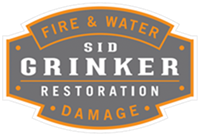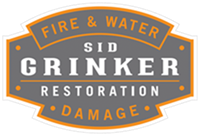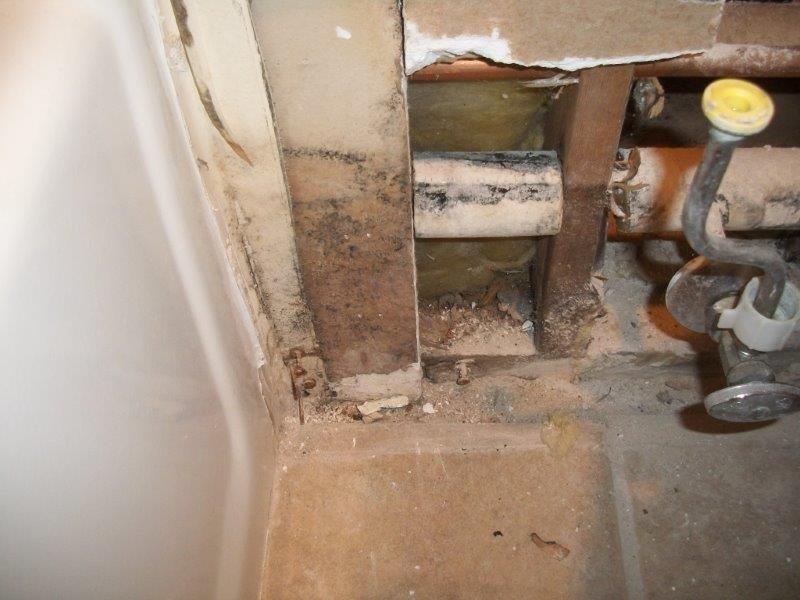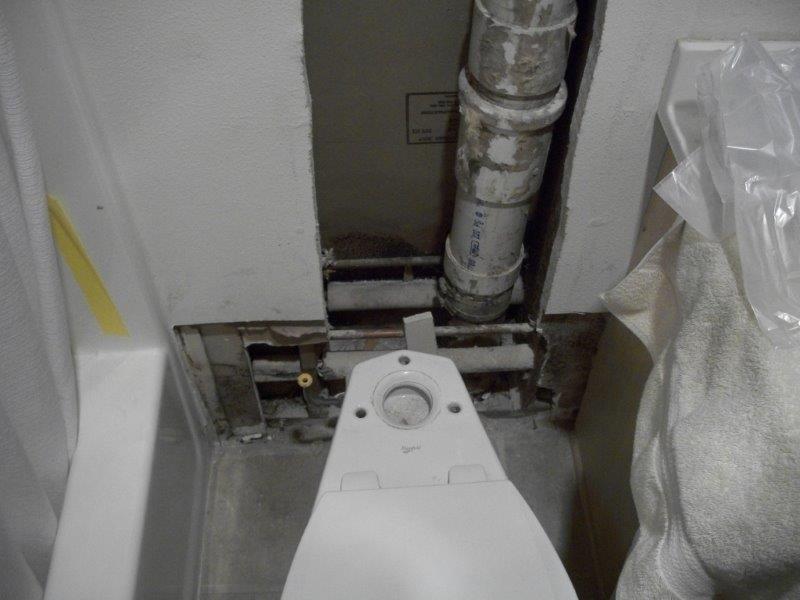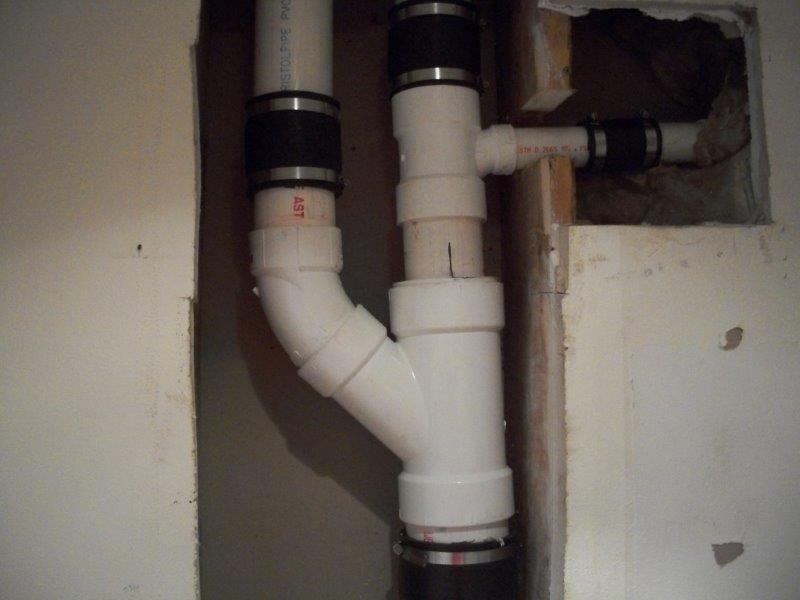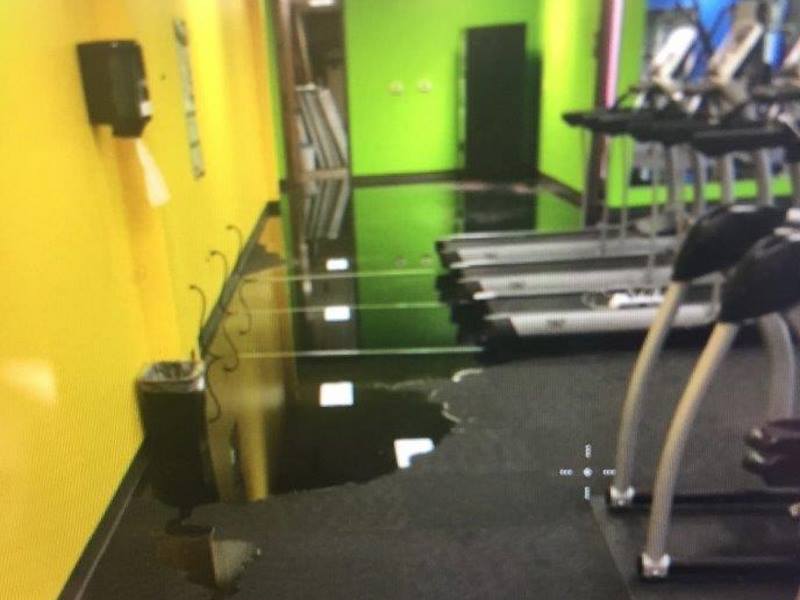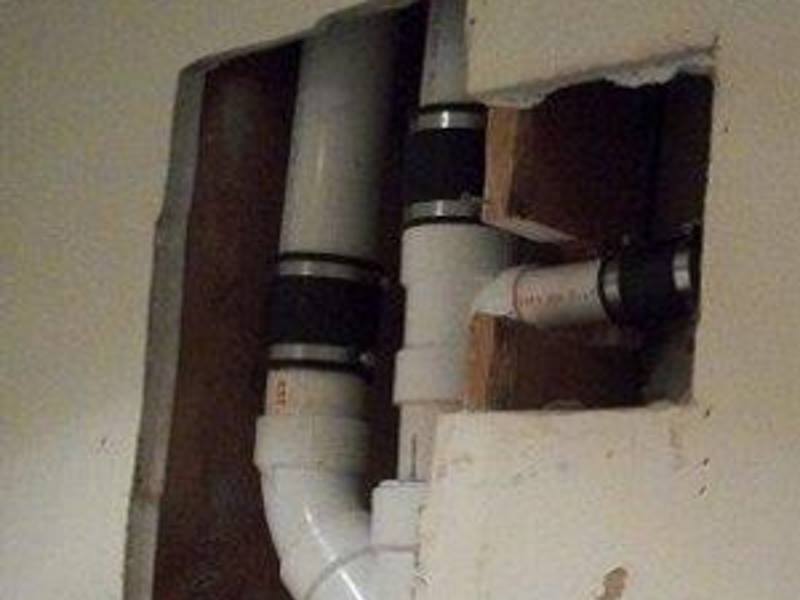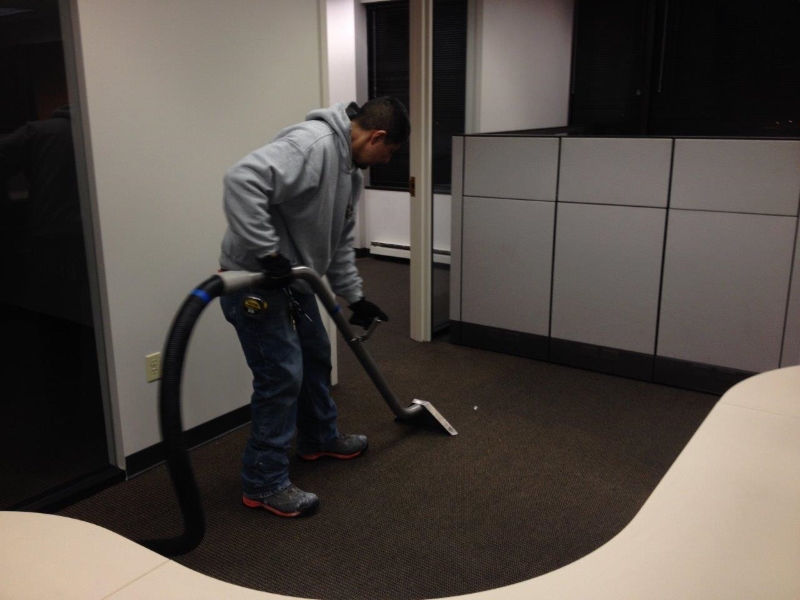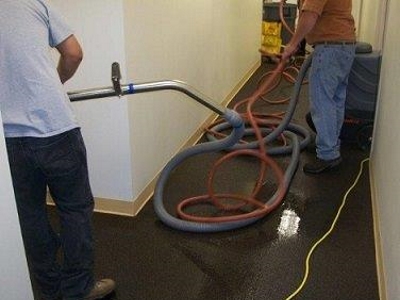Water Damage
Pipe Bursts, Sprinkler Issues, Plumbing Accidents and Pretty much any time there’s water somewhere it isn’t supposed to be
When to call Sid Grinker
How do you know if it’s “that bad”? Here are a few common situations that don’t seem that bad, but usually become a big deal if left without professional drying.
- Water coming through drywall (floors or ceilings)
- Any kind of sprinkler head incident is a lot of water even if it doesn’t seem like it right away
- Any kind of pipe burst or long term leak
- Any time electrical components are affected
- Any time you’re just not sure; remember, we value our clients and are pretty unlikely to charge for just a quick visit to assess the situation
Reminders for Emergency Situations
Damage from water and bacteria growth can begin within hours. Call for professional help
Remove as much water as possible by mopping and blotting
Remove wet area rugs or other floor coverings
Wipe furniture, prop up wet furniture cushions for even drying and place aluminum foil under furniture legs
Lift draperies off the floor, loop through a coat hanger and place the hanger on the drapery rod
Move photos, paintings and art objects – anything special to you- to a safe, dry location
Do not remove books from shelves. Rather pack them tightly to prevent page warping until a restoration professional can begin this specialized drying
Open drawers, closets and cabinet doors to enhance drying
What not to do:
Do not enter a room with standing water until electricity has been turned off
Do not use a regular household vacuum to remove water
Do not lift tacked-down carpet without professional help
Do not use electrical appliances while on wet carpet or flooring
Do not disturb visible mold
What Happens When You Call?
First and foremost, it’s always better to call right away and have it be nothing than call in a few weeks with musty smells or mold.
- Our staff is divided into on-call teams including all disciplines: carpenters, water techs, drywallers, painters and laborers so that we can effectively manage your loss immediately
- Our trucks are always stocked and ready to go. We pride ourselves on restocking when we return so that we are ready for the next emergency
- Sending a smaller team, at least initially
- Carefully removing baseboards
- Using minimally invasive structural drying techniques
- Setting equipment for maximum results
- Waiting to see how water travels, sometimes up to 24 hours before continuing demolition. Mold growth requires heat, “food” and time, usually 72 hours, so being patient can prevent disturbing areas that ended up not being affected at all due to water’s travel path
- Type and extent of damage, materials affected, photos can be helpful and you can text or email to our team
- Access information: FOBs, keys, codes, etc
- Contact information for key people: maintenance, onsite manager, tenants, sprinkler maintenance company, alarm company, elevator contractor
- Determine what is essential; what is most important to you; what do we need to accomplish for you first so that business continues
